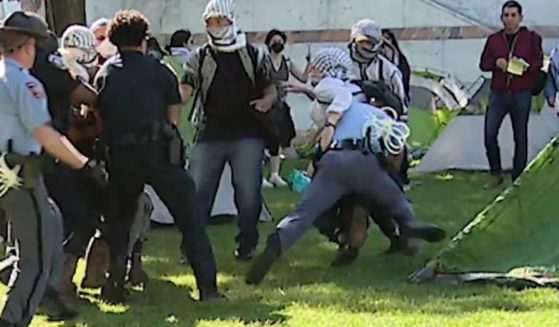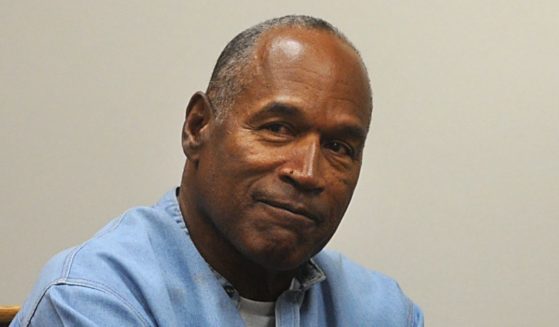US can label nuke waste as less dangerous to quicken cleanup
SPOKANE, Wash. (AP) — The U.S. government on Wednesday will reclassify some of the nation’s most dangerous radioactive waste to lower its threat level, outraging critics who say the move would make it cheaper and easier to walk away from cleaning up nuclear weapons production sites in Washington state, Idaho and South Carolina.
The U.S. Department of Energy said labeling some high-level waste as low level will save $40 billion in cleanup costs across the nation’s entire nuclear weapons complex. The material that has languished for decades in the three states would be taken to low-level disposal facilities in Utah or Texas, the agency said.
“This administration is proposing a responsible, results-driven solution that will finally open potential avenues for the safe treatment and removal of the lower level waste,” Energy Undersecretary Paul Dabber said. “This will accelerate cleanup and reduce risk.”
The agency will maintain standards set by the independent Nuclear Regulatory Commission, “with the goal of getting the lower-level waste out of these states without sacrificing public safety,” Dabber said.
Critics said it’s a way for federal officials to walk away from their obligation to properly clean up a massive quantity of radioactive waste left from nuclear weapons production dating to World War II and the Cold War.
The waste is housed at the Savannah River Plant in South Carolina, the Idaho National Laboratory and Hanford Nuclear Reservation in Washington state — the most contaminated nuclear site in the country.
Washington Gov. Jay Inslee, a Democratic presidential candidate, and state Attorney General Bob Ferguson said the Trump administration is showing disdain and disregard for state authority.
“Washington will not be sidelined in our efforts to clean up Hanford and protect the Columbia River and the health and safety of our state and our people,” they said in a joint statement.
The new rules would allow the Energy Department to eventually abandon storage tanks containing more than 100 million gallons (378 million liters) of radioactive waste in the three states, according to the Natural Resources Defense Council.
The change means that some of the “most toxic and radioactive waste in the world” would not have to be buried deep underground, the environmental group said.
“Pretending this waste is not dangerous is irresponsible and outrageous,” group attorney Geoff Fettus said.
Tom Clements of Savannah River Site Watch, a watchdog group for the South Carolina nuclear production site, called the reclassification of waste “a cost-cutting measure designed to get thousands of high-level waste containers dumped off site.” He said moving the waste to Utah or Texas is a bad idea involving “shallow burial.”
The old definition of high-level waste was based on how the materials were produced, while the new definition will be based on their radioactive characteristics — the standard used in most countries, the Energy Department said.
The old definition said high-level radioactive waste resulted from a military production stream, Dabbar said. That meant, for instance, that all the waste from plutonium production at Hanford was classified as high level.
It was a “one-size-fits-all approach that has led to decades of delay, cost billions of dollars, and left the waste trapped in DOE facilities in the states of South Carolina, Washington and Idaho without a permanent disposal solution,” the agency said.
Hanford was established by the Manhattan Project during World War II to make plutonium, a key ingredient in the atomic bomb dropped on Nagasaki, Japan.
The nuclear site 200 miles (322 kilometers) southeast of Seattle contains about 60% of the nation’s most dangerous radioactive waste that’s stored in 177 aging underground tanks, some of which have leaked.
Cleanup at Hanford has been underway since the 1980s, at a cost of more than $2 billion a year.
The Energy Department said it would immediately begin studying one waste stream at the Savannah River Plant to see if it should be reclassified as low-level waste.
“We are excited about reducing the risk faster in South Carolina as a result of this,” Dabbar said.
The Western Journal has not reviewed this Associated Press story prior to publication. Therefore, it may contain editorial bias or may in some other way not meet our normal editorial standards. It is provided to our readers as a service from The Western Journal.
Truth and Accuracy
We are committed to truth and accuracy in all of our journalism. Read our editorial standards.












